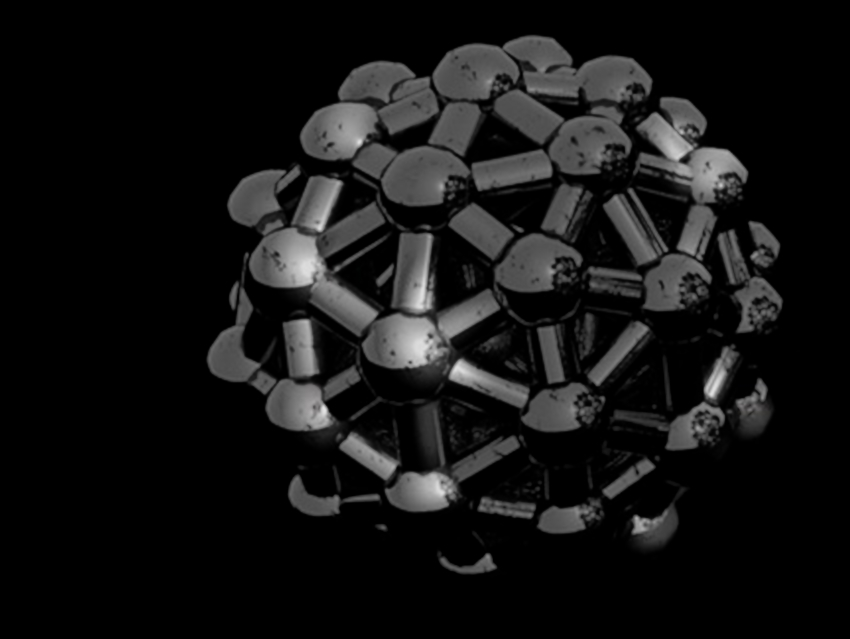Well-defined nanocrystals have applications, e.g., as catalysts. They are usually prepared via colloidal synthesis, which requires surfactants to stabilize the particles and prevent aggregation. However, the surfactants block the active surface sites of the resulting nanoparticles, and thus, hamper catalytic performance. This has led to the development of methods for surfactant removal. However, the existing methods can be unsuitable for strongly bound surfactants, lead to incomplete removal, generate impurities, or require harsh conditions.
Robert J. Gilliard, Jr., Sen Zhang, University of Virginia, Charlottesville, USA, and colleagues have developed a room-temperature surfactant removal strategy for efficient nanocrystal surface cleaning. The team first prepared monodisperse platinum, palladium, and gold nanocrystals with trioctylphosphine (TOP) as a strongly bound surfactant. A solution of the N-heterocyclic carbene (NHC) 1,3-diisopropyl-4,5-dimethylimidazol-2-ylidene was then used for ligand exchange to remove the TOP surfactant. After the ligand exchange, the nanocrystals were washed in glacial acetic acid at room temperature. This leads to protonation of the NHC ligands to give the corresponding imidazolium ions and removes the ligands from the nanocrystal surface.
This surface-cleaning approach led to improved catalytic activity of the nanocrystals. The researchers demonstrated this principle using two different electrocatalytic reactions, i.e., glycerol oxidation and CO2 reduction.
- Surfactant Removal for Colloidal Nanocrystal Catalysts Mediated by N-Heterocyclic Carbenes,
Perrin Godbold, Grayson Johnson, Akachukwu D. Obi, Rebecca Brown, Sooyeon Hwang, Robert J. Gilliard, Sen Zhang,
J. Am. Chem. Soc. 2021.
https://doi.org/10.1021/jacs.0c12278




